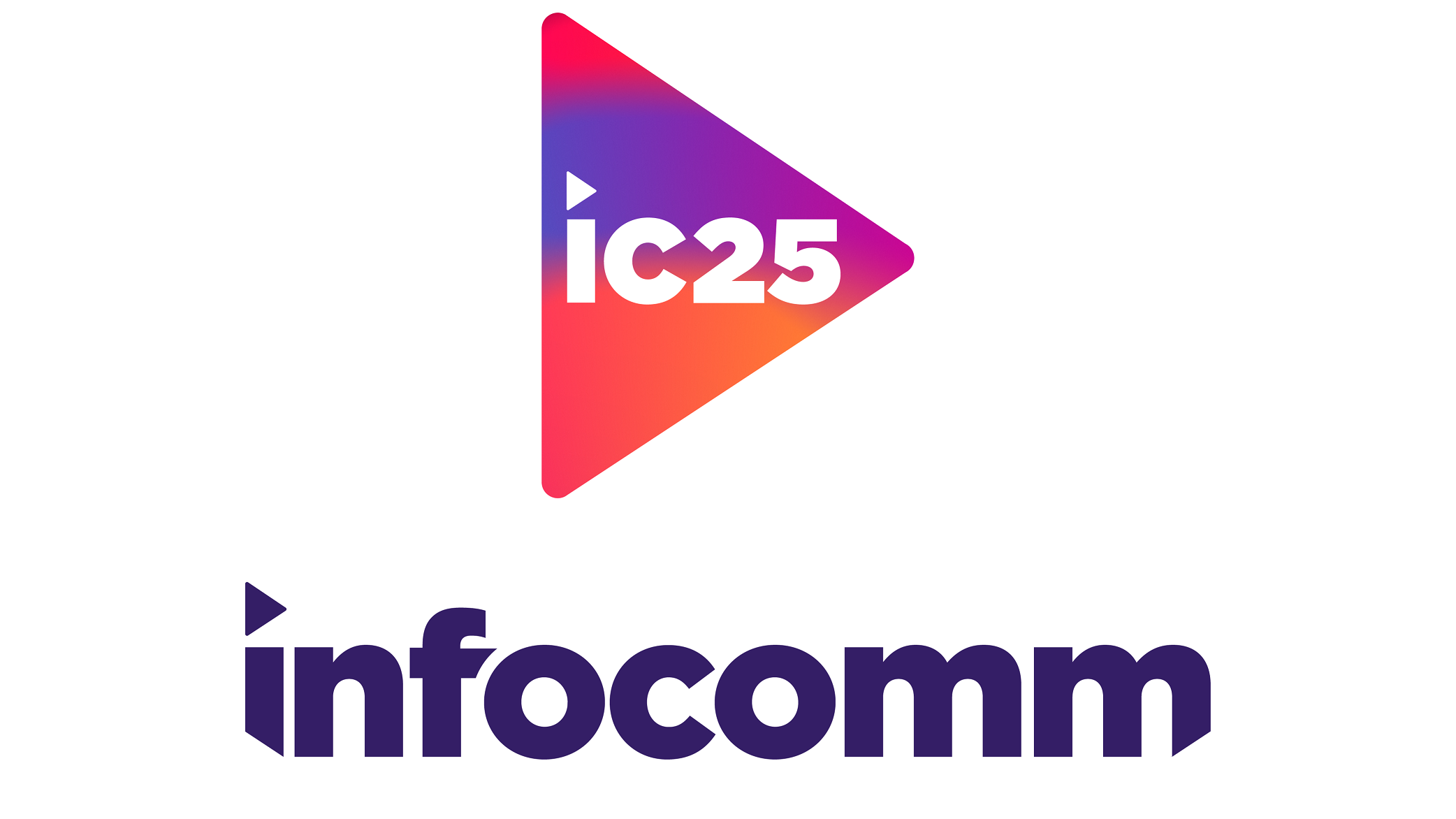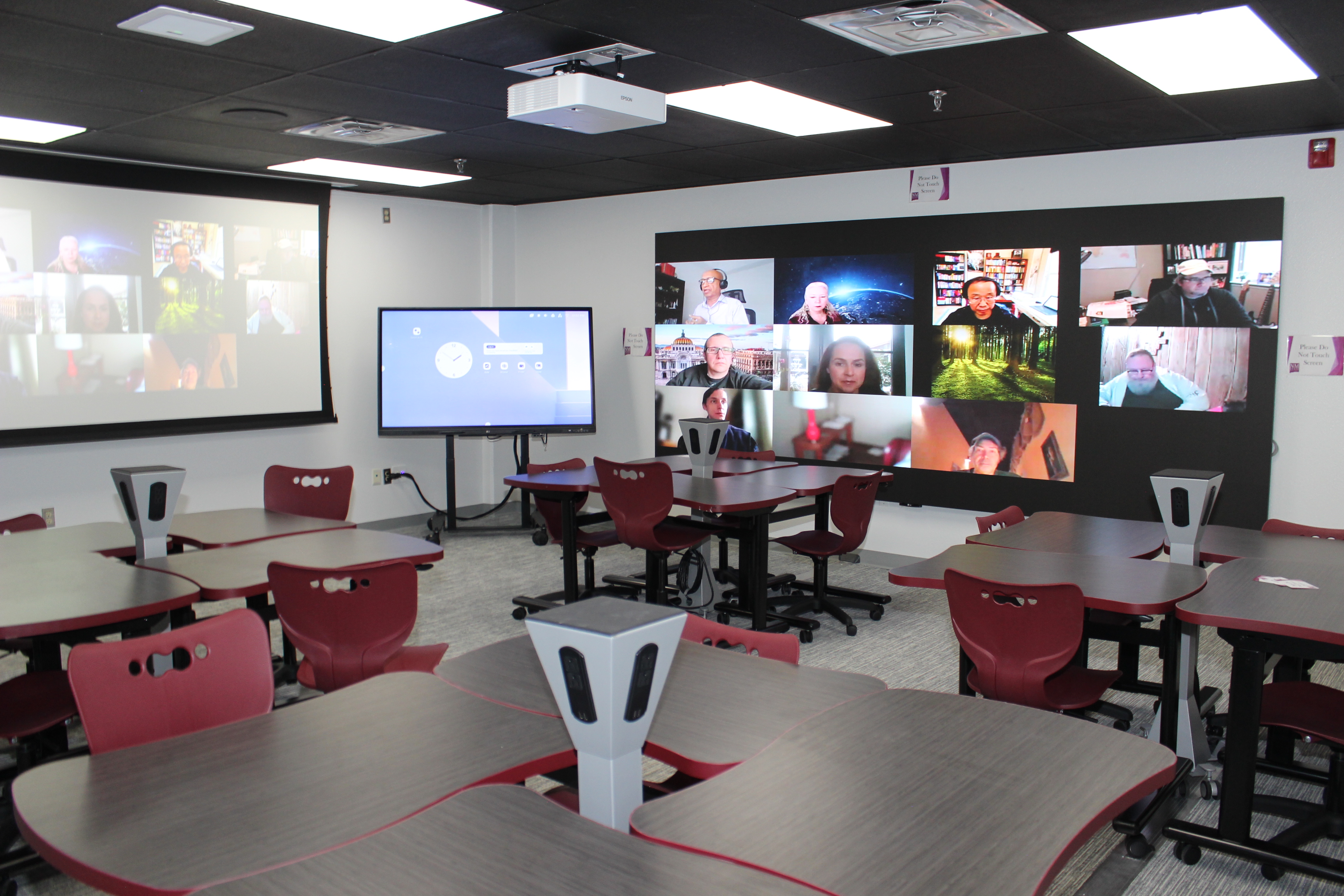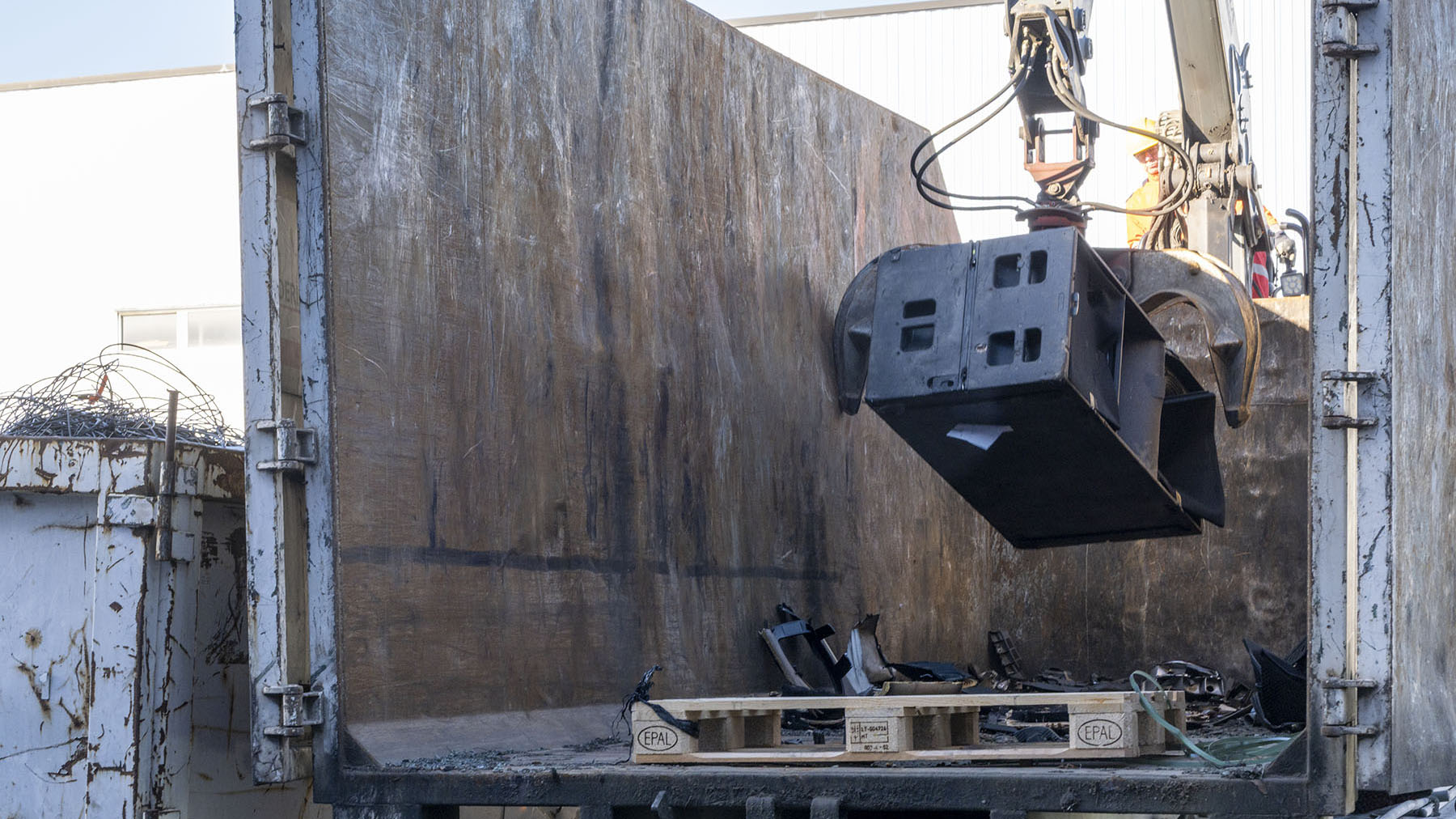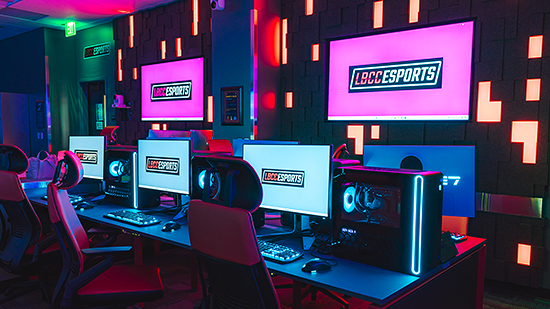Nowadays, there are many control methods and devices available to the AV system designer. What exactly is the best solution for modern AV control, and what will be the dominant trend in the future?
The usual response to this question typically includes, "for mission critical applications, you can't rely on something that needs to be rebooted." Sadly, none of us can honestly claim that we have never had to unplug, and thus reboot, a proprietary touchpanel-based control system. At the same time, most of us can also agree that the infamous "blue screen of death" is becoming a thing of the past. Do we dedicate ourselves to using a readily available touchpanel-based control system, which is built upon a proprietary architecture of software and communication protocols, or do we use a personal computer (PC) to communicate with devices that are based on nonproprietary standards such as TCP/IP? Let's answer this question by contrasting two system types.
When a system is costly, it is often complex. In this scenario you will need a thoughtfully designed, yet very capable user interface. Proprietary devices and touchpanels seem to have the edge here. Furthermore, even though proprietary touchpanels can cost upwards of $4,000 even for basic models, their page refresh, audible tactile feedback, variety of sizes, and mounting options make them a clear favorite. It's hard to find a personal computer with as many options as off the shelf proprietary touchpanels.
Most often, the best system designs are the ones that are cost effective and simple. If you take a conference room that has a projector, a few laptop video inputs, and a DVD player to control, then you can probably get by without a proprietary touchpanel-based control system. You can instead try using an IP-addressable projector, an infrared-to-IP conversion device to control the DVD player, and a personal computer or laptop computer "talking" to the aforementioned devices via the network. If you develop simple software application that serves users a webpage that in turn communicates with all of the devices in the room, you've got yourself a good nonproprietary control system solution. This is simple but effective given the reliability of today's information networks.
This second system type is the killer app. Only recently have we had IP-enabled devices available as appliances. These devices don't need to boot up, hence there is no way they can give you a "blue screen of death"! In this simple system design, the only thing that can fail is the computer of the AV system user. Now if the user's computer fails, it probably won't be able to give the presentation that brought people to the conference in the first place.
So the most logical answer is that proprietary systems such as AMX and Crestron still have a place, but with the development of IP-enabled appliances, there are going to be more and more situations where nonproprietary systems that are accessed by personal computers will be utilized.









